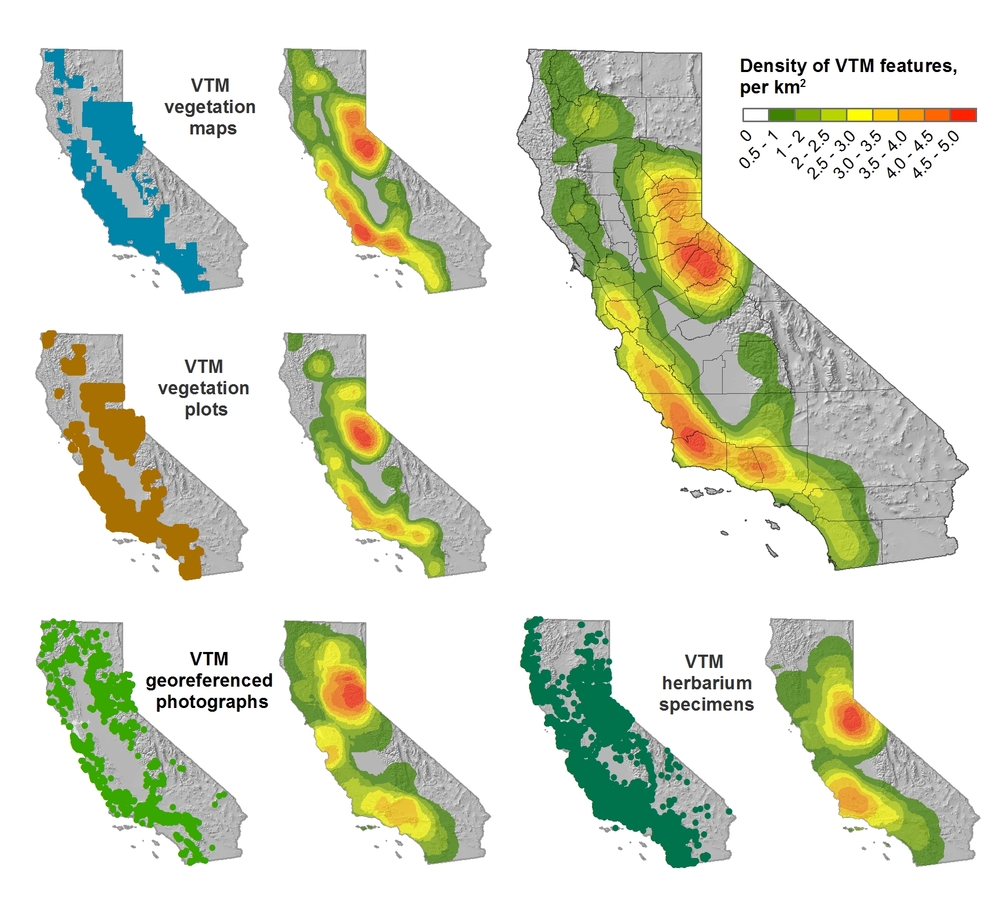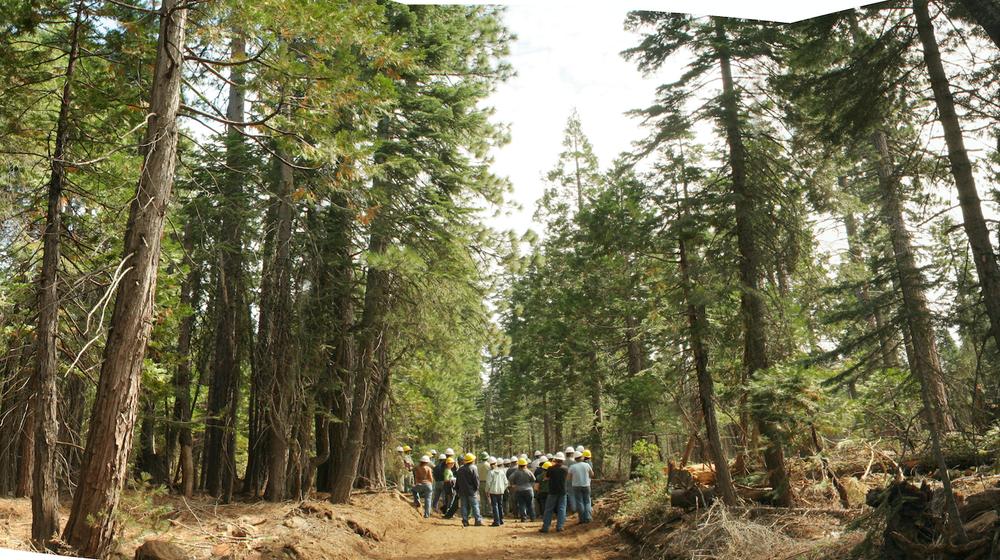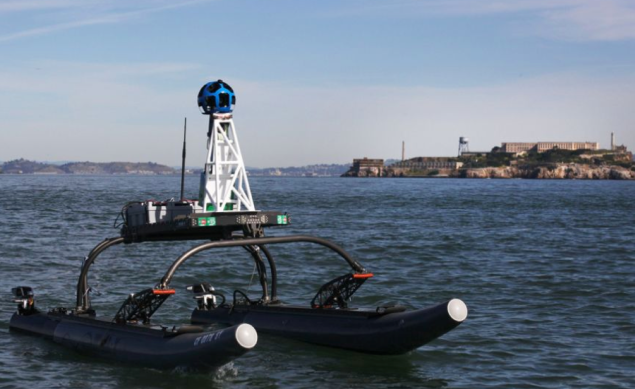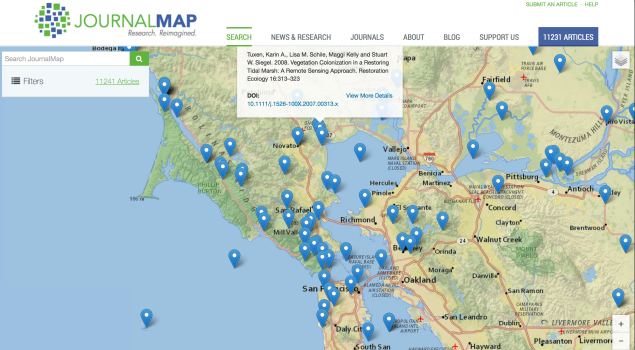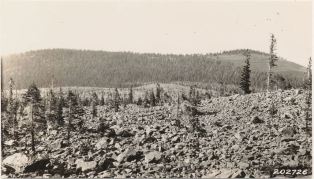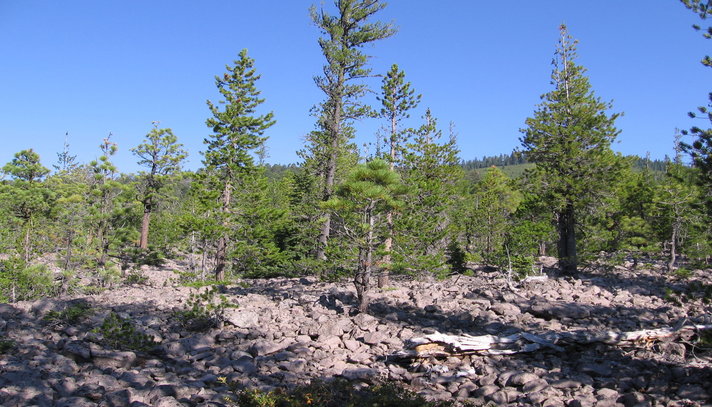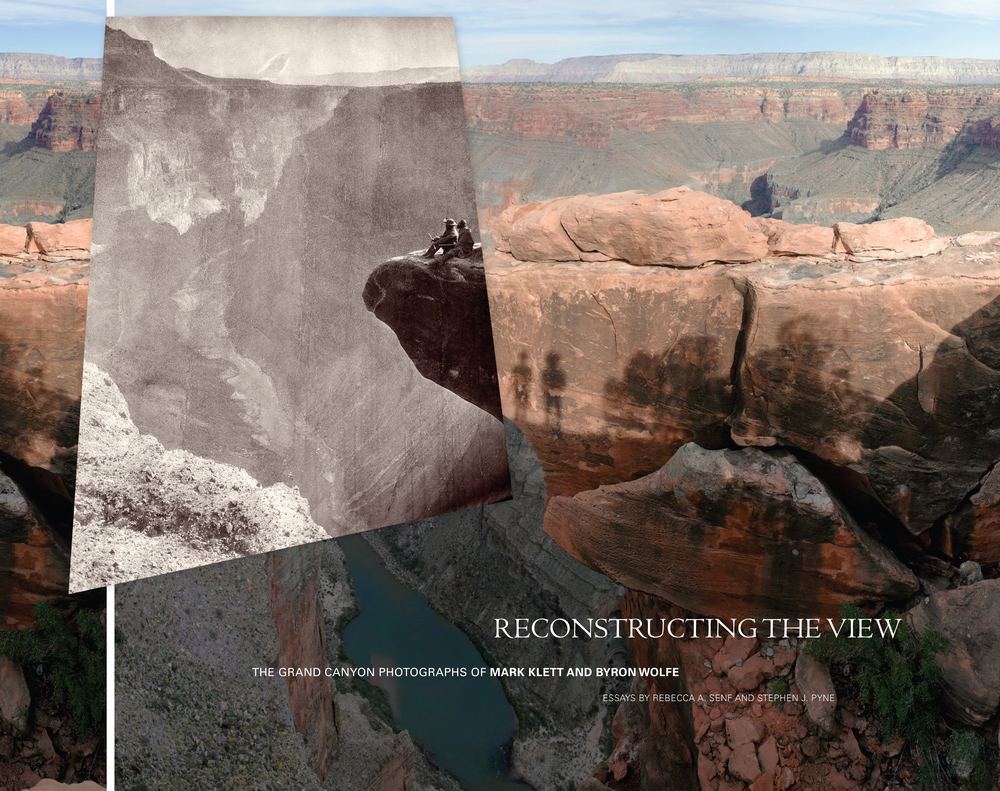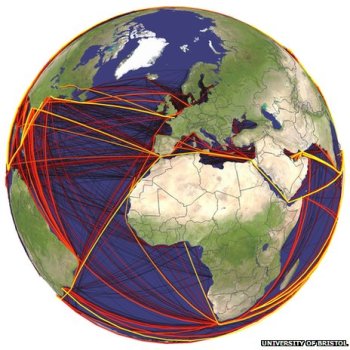The following forest management recommendations consider the SNAMP focal resources (forest, water, wildlife), as well as public participation, as an integrated group. These recommendations were developed by the UC Science Team working together. Although each recommendation was written by one or two authors, the entire team has provided input and critique for the recommendations. The entire UC Science Team endorses all of these integrated management recommendations. Click at the bottom of the post for the full description of each recommendation.
Section 1: Integrated management recommendations based directly on SNAMP science
Wildfire hazard reduction
1. If your goal is to reduce severity of wildfire effects, SPLATs are an effective means to reduce the severity of wildfires.
SPLAT impacts on forest ecosystem health
2. If your goal is to improve forest ecosystem health, SPLATs have a positive effect on tree growth efficiency.
SPLAT impact assessment
3. If your goal is to integrate across firesheds, an accurate vegetation map is essential, and a fusion of optical, lidar and ground data is necessary.
4. If your goal is to understand the effects of SPLATs, lidar is essential to accurately monitor the intensity and location of SPLAT treatments.
SPLAT impacts on California spotted owl and Pacific fisher
5. If your goal is to maintain existing owl and fisher territories, SPLATs should continue to be placed outside of owl Protected Activity Centers (PACs) and away from fisher den sites, in locations that reduce the risk of high-severity fire occurring within or spreading to those areas.
6. If your goal is to maintain landscape connectivity between spotted owl territories, SPLATs should be implemented in forests with lower canopy cover whenever possible.
7. If your goal is to increase owl nest and fisher den sites, retain oaks and large conifers within SPLAT treatments.
8. If your goal is to maintain fisher habitat quality, retention of canopy cover is a critical consideration.
9. If your goal is to increase fisher foraging activity, limit mastication and implement more post-mastication piling and/or burning to promote a faster recovery of the forest floor condition.
10. If your goal is to understand SPLAT effects on owl and fisher, it is necessary to consider a larger spatial scale than firesheds.
SPLAT impacts on water quantity and quality
11. If your goal is to detect increases in water yield from forest management, fuel treatments may need to be more intensive than the SPLATs that were implemented in SNAMP.
12. If your goal is to maintain water quality, SPLATs as implemented in SNAMP have no detectable effect on turbidity.
Stakeholder participation in SPLAT implementation and assessment
13. If your goal is to increase acceptance of fuel treatments, employ outreach techniques that include transparency, shared learning, and inclusiveness that lead to relationship building and the ability to work together.
14. If your goal is the increased acceptance of fuel treatments, the public needs to understand the tradeoffs between the impacts of treatments and wildfire.
Successful collaborative adaptive management processes
15. If your goal is to establish a third party adaptive management project with an outside science provider, the project also needs to include an outreach component.
16. If your goal is to develop an engaged and informed public, you need to have a diverse portfolio of outreach methods that includes face to face meetings, surveys, field trips, and web-based information.
17. If your goal is to understand or improve outreach effectiveness, track production, flow, and use of information.
18. If your goal is to engage in collaborative adaptive management at a meaningful management scale, secure reliable long term sources of funding.
19. If your goal is to maintain a successful long-term collaborative adaptive management process, establish long-term relationships with key people in relevant stakeholder groups and funding agencies.
Section 2: Looking forward - Integrated management recommendations based on expert opinion of the UC Science Team
Implementation of SPLATs
20. If your goal is to maximize the value of SPLATs, complete treatment implementation, especially the reduction of surface fuels.
21. If your goal is to efficiently reduce fire behavior and effects, SPLATs need to be strategically placed on the landscape.
22. If your goal is to improve SPLAT effectiveness, increase heterogeneity within treatment type and across the SPLAT network.
Forest ecosystem restoration
23. If your goal is to restore Sierra Nevada forest ecosystems and improve forest resilience to fire, SPLATs can be used as initial entry, but fire needs to be reintroduced into the system or allowed to occur as a natural process (e.g., managed fire).
24. If your goal is to manage the forest for long-term sustainability, you need to consider the pervasive impacts of climate change on wildfire, forest ecosystem health, and water yield.
Management impacts on California spotted owl and Pacific fisher
25. If your goal is to enhance landscape habitat condition for owl and fisher, hazard tree removal of large trees should be carefully justified before removing.
26. If your goal is to minimize the effects of SPLATs on fisher, SPLAT treatments should be dispersed through space and time.
Management impacts on water quantity and quality
27. If your goal is to optimize water management, consider the range of potential fluctuations in precipitation and temperature.
Successful collaborative adaptive management processes
28. If your goal is to implement collaborative adaptive management, commit enough time, energy, and training of key staff to complete the adaptive management cycle.
29. The role of a third party science provider for an adaptive management program can be realized in a variety of ways.
30. If the goal is to implement adaptive management, managers must adopt clear definitions and guidelines for how new information will be generated, shared, and used to revise subsequent management as needed.
31. If your goal is to increase forest health in the Sierra Nevada, we now know enough to operationalize some of the aspects of SNAMP more broadly.

